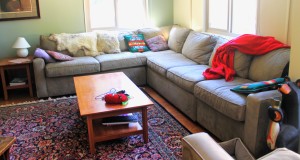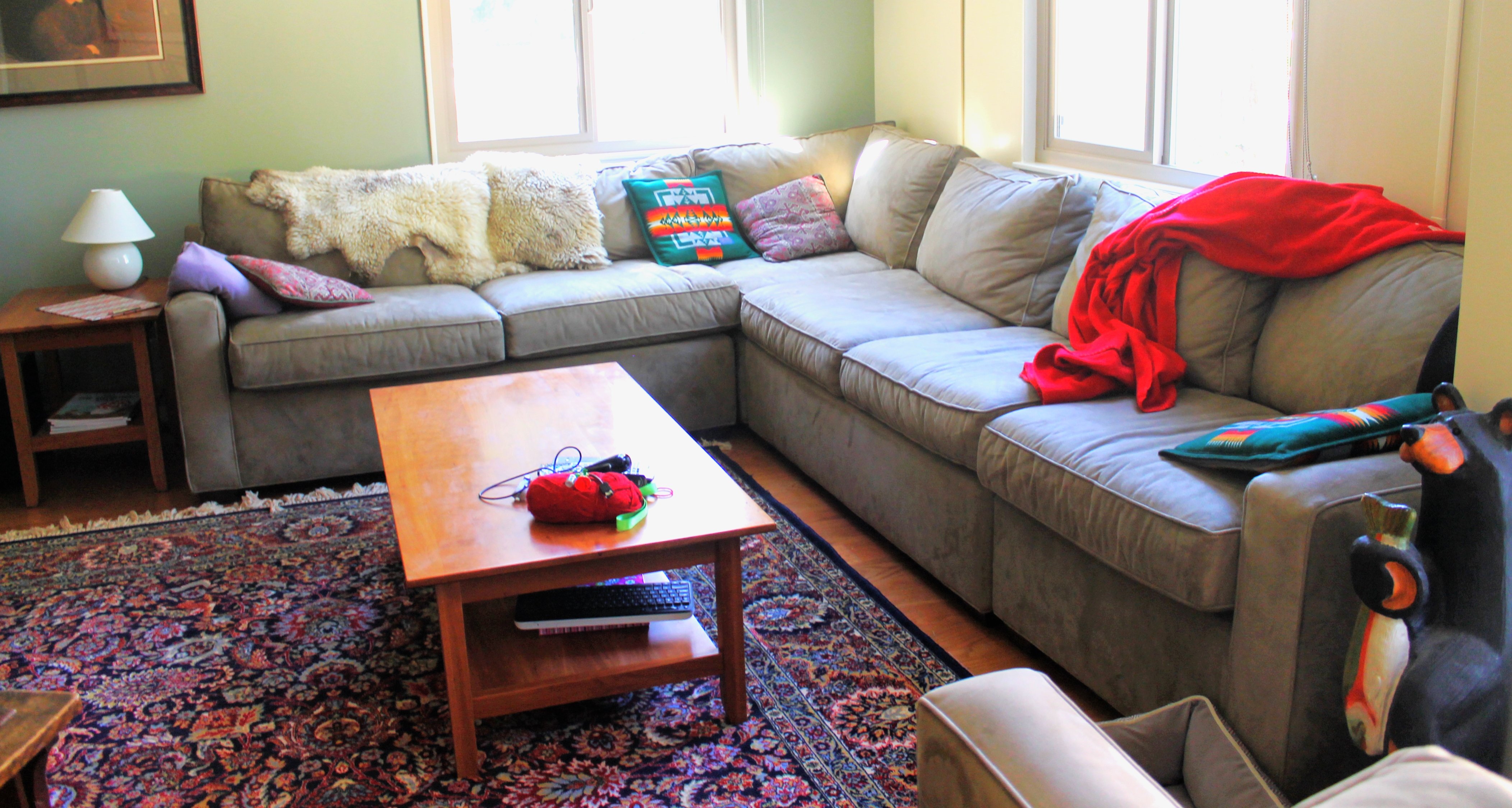
Residential fellows (RFs) often take on a larger, more unique responsibility than other faculty members. As they set aside their professor cap at their last lecture of the day, they can enjoy their 10-minute walk back home free from responsibility. However, once they enter their house, their RF hat is waiting for them.
Matthew Snipp, Burnet C. and Mildred Finley Wohlford Professor of Humanities and Sciences in the department of sociology and resident fellow of Murray House, has grown fond of his small apartment surrounded by around 60 students. Originally, the hallways seemed to carry a quietness, and according to Snipp, he liked it best that way.
In the summer of 2014, when a group of international students moved in, Murray House was exposed to something different – noise.
In the middle of one night last summer, Snipp was woken up by his nine-year-old daughter. She was concerned about the sounds coming from their backyard. Snipp staggered around, came out to his backyard and looked up to the sight of three international students lounging in his garden with beers in their hands.
Although Snipp admitted that these situations are not extremely common, dealing with these issues come along with the job of being an RF. While college dorms are a temporary living place for students, they are permanent homes for residential fellows for years at a time. Snipp himself recently finished his second year as an RF.
“I thought [living on campus] would be a good experience for my kids and allow them to be exposed to students and life on a college campus,” Snipp said.
Living on campus entails a different atmosphere, he explained. For Snipp, it comes with many perks: a 10-minute commute to work, a covered housing cost and a chance to get close to Stanford students.
“Murray’s house is a very low-key, chill house,” Snipp said. “Since it is very small, everybody kind of knows each other, and you get used to seeing the same faces every day.”
However, the jobs of RFs can also be challenging with after-hours meetings and additional time commitments.
Ari Kelman, Jim Joseph Chair in education and Jewish studies, and his wife, Eva Kelman, are RFs in Junipero. They chose to live in a “wilder” type of dorm – a freshman dorm.
“Unlike most other friends who don’t have [the responsibilities of an RF], I come back from work, and I may have meetings with staff and residents,” Kelman wrote in an email to The Daily.
Many professors are drawn towards the RF lifestyle by the opportunity to engage with Stanford students beyond the classroom.
“[Teaching solely upperclassmen] would have taken me out of the thing that defines campus life, which is undergraduate [freshmen] students,” Kelman said. “And so I thought a good way to stay involved was by being a residential fellow.”
Geoffrey Baker and his wife, Patti Honlon-Baker, are also residential fellows for a freshman dorm. They have lived in Larkin since 2007.
“Being an RF is never dull,” Baker wrote in an email to The Daily. “There are always interesting questions to consider and pose. There are always multiple ways of understanding and solving problems. There’s always more positive shared experiences to co-develop with student staff who take their responsibilities very much to heart.”
Dorms vary across campus, and so does the RF experience. In particular, the all-freshman dorms can be quite different from the upperclassman ones.
Baker called the life of an RF “beautifully complex” and explained that the all-freshman house presents the challenge and excitement of “start[ing] everything over, from scratch, each year.”
Stephen Stedman ’79, M.A. ’85, Ph.D. ’88 and his wife, Corinne Thomas, have shared two different RF experiences. While they are currently RFs for the upperclass Crothers Hall, they preceded the Baker family as the Larkin RFs from 1997-2003. Stedman and Thomas left the dorm life for six years before returning to Crothers.
“Frankly, we missed all of the student connections that we had made in Larkin,” Stedman told The Daily in an email.
In Larkin, Stedman and Thomas would get a roster of all the freshmen who were staying in that house each summer. They were expected to know each student’s name before they even arrived. But as Stedman and Thomas graduated to an upperclassman house with 380 students, the emphasis on the RF-to-student relationship decreased.
“In an upperclassman house, your residents are more independent,” Stedman said. “Fewer seek you out. It’s harder to know your residents. The trade-off, though, is that students have a more refined sense of where they are going or what they are seeking intellectually.
“The frosh RF experience is terrific, but if you do it right, it’s also much more all-encompassing,” he added. “If you love students, then it is incredibly rewarding, but also a real commitment.”
For Stedman, becoming an RF was an easy decision. When he attended Stanford, the RAs in his freshman dorm were very influential in his undergraduate experience, he explained. Stedman believed that being an RF would be be a good way of “paying back a debt to Residential Education.”
“As soon as I had accepted Stanford’s job offer in 1997, I called the Office of Residential Education and asked whether they still had RFs in the dorms,” Stedman said. “They said yes, and then I asked whether you can have dogs if you are an RF, and they said yes. Then I had to convince my wife that we should live with 100 18-year-olds.”
The sense of reward is shared among many RFs. Although the extra time commitment can be tiring, they have the opportunity to work with student residents and staff who, according to Baker, “become part of our family and long-term friends.”
Contact Avni Prasad at avniprasad ‘at’ gmail.com.
